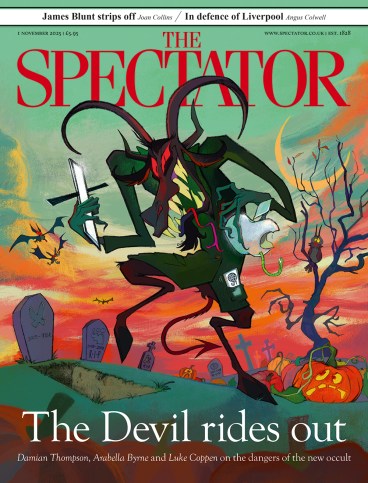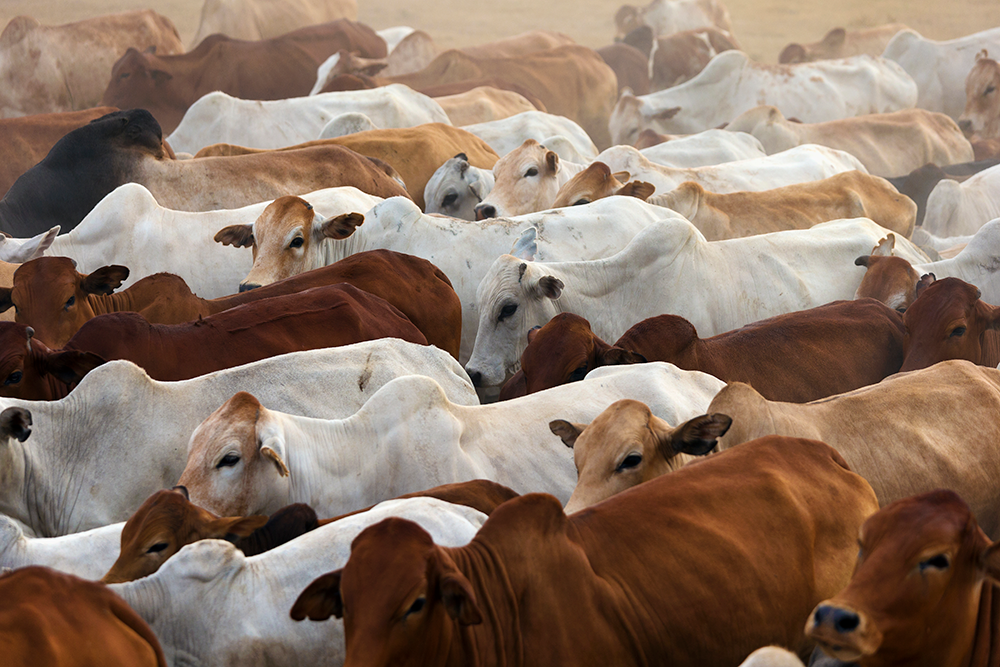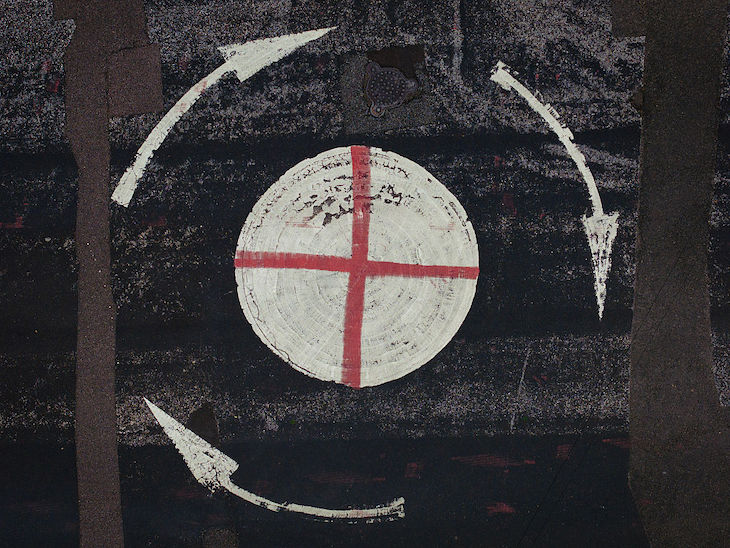
Northeastern Kenya
We were in beautiful bush country up towards Somalia, in pastures that shone like spun gold in the sunset as herds of Boran cattle came into the bomas to suckle their calves. My hosts, Ogadeni clan stockmen who had invited me to travel here to look at their herds, showed me their favourite animals and then went off to pray, as hundreds of cows lay down to chew the cud. After prayers came a supper in jugs of frothing warm milk. In return, the herders accepted the bundles of qat leaves I had brought as a present for us all to chew.
We became a little stoned on the qat and conversation flowed, entirely about livestock. I passed around photos of my famous Boran heifer, who had won Reserve Champion at the recent breeders’ show in Laik-ipia. Clearly, they preferred their own animals. For the rest of the night I lay on my back, staring up at Orion fighting Taurus, happy to be away from all my cares. I was free in the desert and the worst that could happen here was a scorpion getting under my blanket. I heard no lions and saw no men with firearms. At midnight the herds wandered out to graze, then returned for the calves to suckle again before dawn. When the sun rose, two hornbills flew up to look at me drinking a cup of tea by the smoky campfire. The nomads then ventured out with the animals for the rest of the day. They each carried nothing but a herding stick.
The cattle had drunk no water for three days. We drove to some wells in the sandy wastes, where thousands of animals were congregating. My friends told me it was quite normal for both herds and people to go thirsty for long spells as they crossed the desert. These cattle were strong on their feet and some of the herds had trekked 300 miles from the Jubba river in Somalia in search of pasture. Aside from a stubble of desiccated grass and thorn bush, I could see nothing for any creatures to eat.
In this part of Kenya, it had not rained properly for about 18 months. The only wild beasts I saw thriving in the wilderness were Somali giraffe and long-necked gerenuk, an antelope species which never drinks a drop but gets its moisture from leaves. Yet the cattle, most of them snowy white with black noses and hooves, large humps, dangly dewlaps and floppy ears, glistened with robust health. Their flanks were fat and the bulls pawed the sand and bellowed with lust. Incredibly, the females were calving every 11 or 12 months, meaning they were pregnant just about all the time.
Somali nomads could not give a fig for what the rest of the world thinks of them, but I admire these great stockmen. Kenya ranchers like me took up breeding their type of cattle a century ago, and we call what we have the ‘improved’ Boran cow. But these nomads and their cousins in the highlands of southern Ethiopia had been fine-tuning the genetics of amazing cattle for at least 1,300 years before we came along. What they produced, in swirling sandstorms and among billions of flies, through what one southern African stockman calls ‘aggravated natural selection’, can hardly be bettered in the world. These modest folk with their herding sticks and leather-soled feet also produced the famous Galla goat, the fat-tailed Blackhead Persian sheep and the best dromedary camels history has ever seen.
And these are not unimportant things, because most cattle – and most livestock – must live in the tropics, where ranchers until now have been keeping the wrong type of oversized, infertile and unadapted animals. As the world gets hotter and in many parts drier, Boran cattle and the other breeds created by the Horn of Africa’s nomads may help feed us all. There are not enough cattle in the world yet – only one cow to five humans. Even if westerners retreat behind their tofu blinkers, the multitudes of the southern hemisphere will all want more animal protein as they get richer, since it is good to eat and critically important for the health of children as they grow.
Meanwhile, here in northeastern Kenya, the Somali nomads will continue to live an enviably good life with their fabulous cattle, sheep, goats and camels. The stockmen I visited were polite, generous, hospitable and civilised. They look to the stars, literally, since one evening my hosts told me the story of how they had found a valuable meteorite while out in the desert searching for lost camels – but that’s another story.








Comments